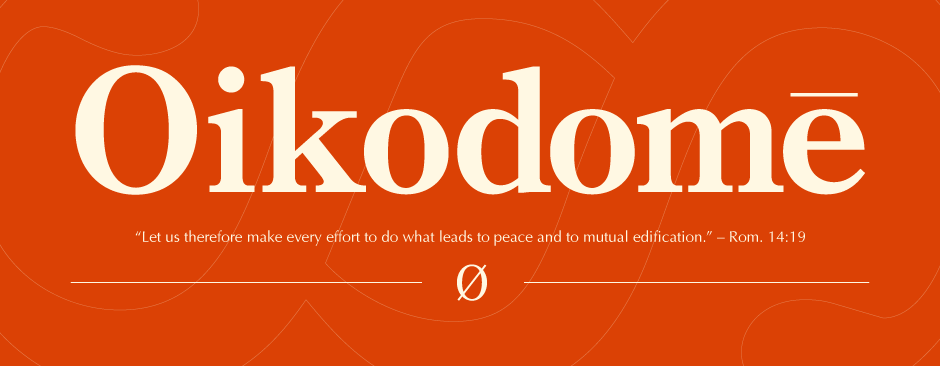Being both an artist and a Christian (of which I am both, but not presenting them as two separate attributes) in this post-modern society is viewed as a dichotomy waiting to subdue or compromise one of the other. There exist this tension between both camps – as opposed to the harmony of poetic beauty of art and Christianity during the middle ages – and neither side will come in agreements with the other and usually if it does so, it comes at a cost, where it is met on a middle ground often by compromise resulting in a bizarre form of syncretism.
I don’t mean to make an error of hasty generalization, but it’s often the case that most Christians (stigmatized by the liberal emergent types) will view artistic pursuits, predominantly by Christian artist, with a higher degree of scepticism. Understanding that most scepticism arises due to the object of scepticism failing to meet a particular model resulting in a sense of mistrust that leads and carries on generations turning those mistrusts into dispositional prejudices, a Christian who wishes to pursue a particular genre of art (most of which arise from some sort of retaliation to a subduing grand narrative) and who wishes to contribute to the universal church is often overlooked as “non-functionary” and “unpractical” serving no purpose whatsoever to building the church. But I beg to differ, the potential for art to become an instrument in pursuing the great commission and building the universal body of Christ is still untapped and waiting to be accommodated.
Nonetheless, I encourage Christian artist (whatever genre and aspect) to anchor their ships to the harbour of the gospel and scripture. Withholding yourselves from settling to pursue your creative endeavours to mere abstractions and alien vernaculars which lay contrary to the vernaculars of sound biblical truths. This is not an anti-art proposition, but merely an expression to guide Christians to strive for excellence in maintaining the integrity of orthodoxy in their creations. Unlike artists who do not follow the Christian faith and whose mandate is primarily the deconstruction of conventionalism, a Christian artist should find peace knowing that what proceeds from sound ideas is therefore good and does not pose as a threat to distortion of truth. Thus, as opposed to finding meaninglessness, one will find the establishment of meaningfulness between the truth pertaining to Christ and the expressionism (don’t think Edvard Munch) of art and other fields that can be categorized under orthopathos (true emotions).
But on the other hand, let me no longer add to this issue but give to you Makoto Fujimura’s latest project (copy from crossway.org):
---------------------------------------------
In Celebration of the 400th Anniversary of the King James Bible
Makoto Fujimura, one of the century’s most highly regarded artists, has illuminated the Four Holy Gospels. Fujimura is known for his use of traditional Japanese Nihonga techniques and his passion for reconnecting Christian faith with fine art. This will mark the first time in nearly 400 years that an illuminated book of the four Gospels has been undertaken by a single artist.
Fujimura - 4 Holy Gospels from Crossway on Vimeo.
The Four Holy Gospels is based on the ESV translation of the Bible and also coincides with the 400th anniversary of the King James Version (KJV) Bible, published in 1611. The ESV is a direct descendant of the KJV Bible; first published in 2001, the ESV carries forward this classic Bible translation legacy.
Fujimura explains, “By using the ESV translation, we honor the King James Version by allowing contemporary vernacular to reflect the timeless truth of the Bible. This project brings a reconciled whole of the Gospels to a new century and a global audience.”
Editions of The Four Holy Gospels will be available January 31, 2011. An exhibition of the works featured in The Four Holy Gospels will take place from December 9 through January 9 at the Dillon Gallery in New York City. You may download the preview PDF here.

No comments:
Post a Comment